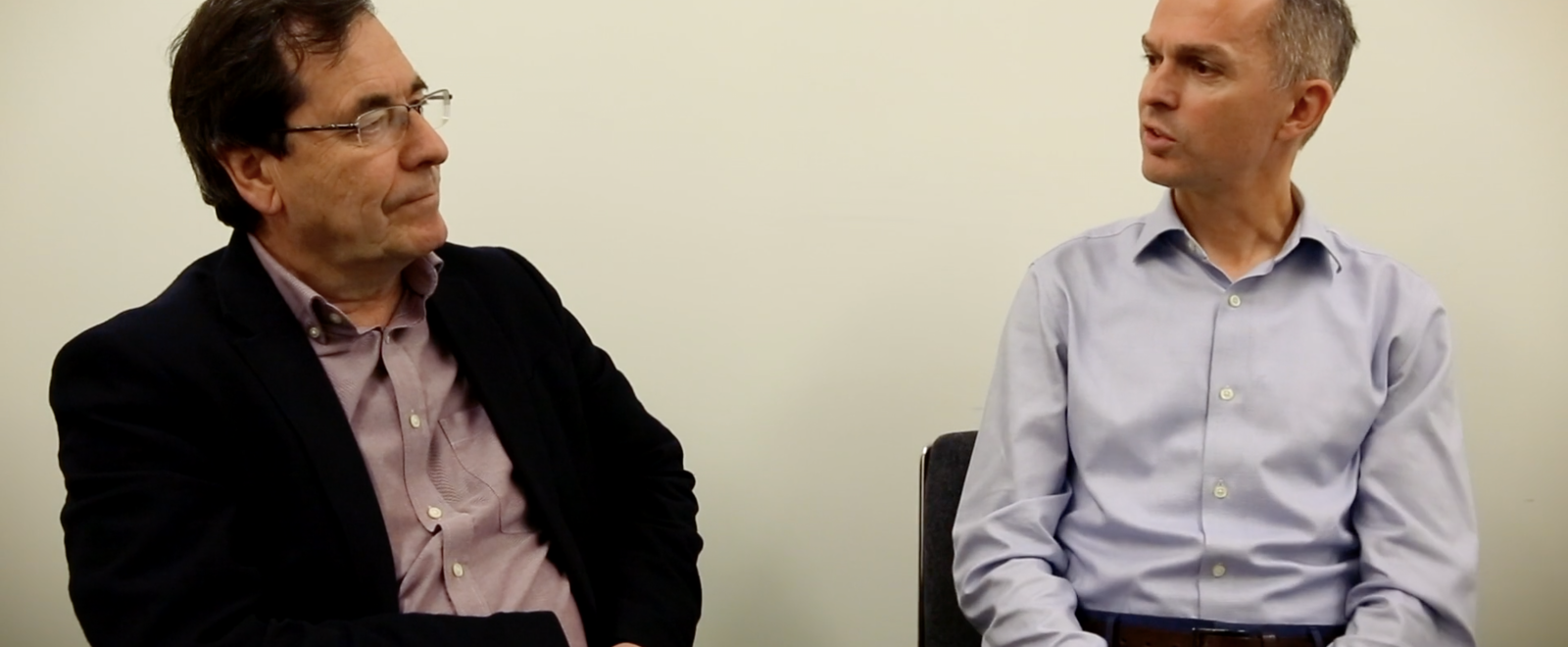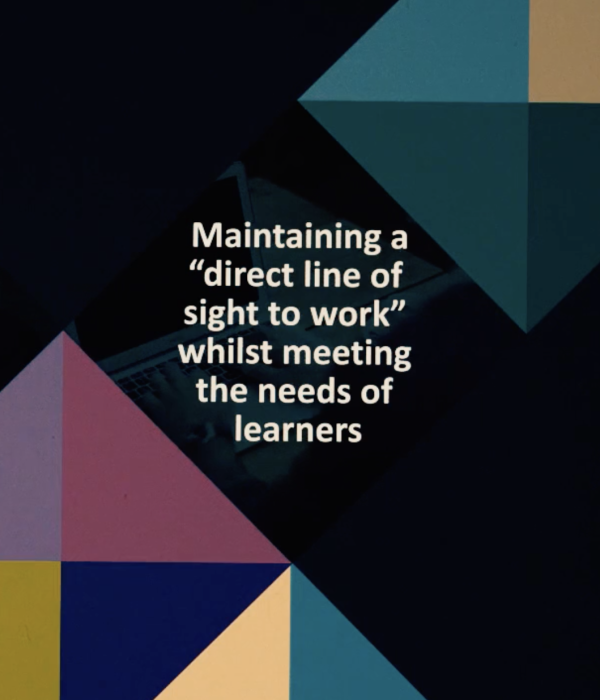Teacher undertaking CPD
18. Recontextualisation
Key Concept: Recontextualisation
The context of an education or training programme is different from the context of the workplace (for example, a laboratory) - while a workshop is related to the real-life context, they are not the same. For effective vocational learning, the teacher must help the learner to move between these contexts.



